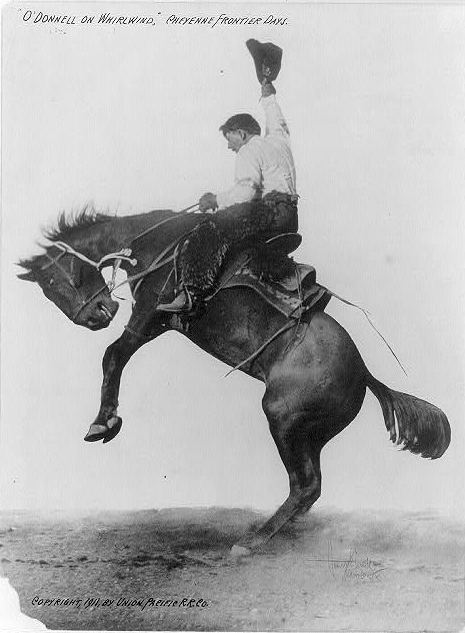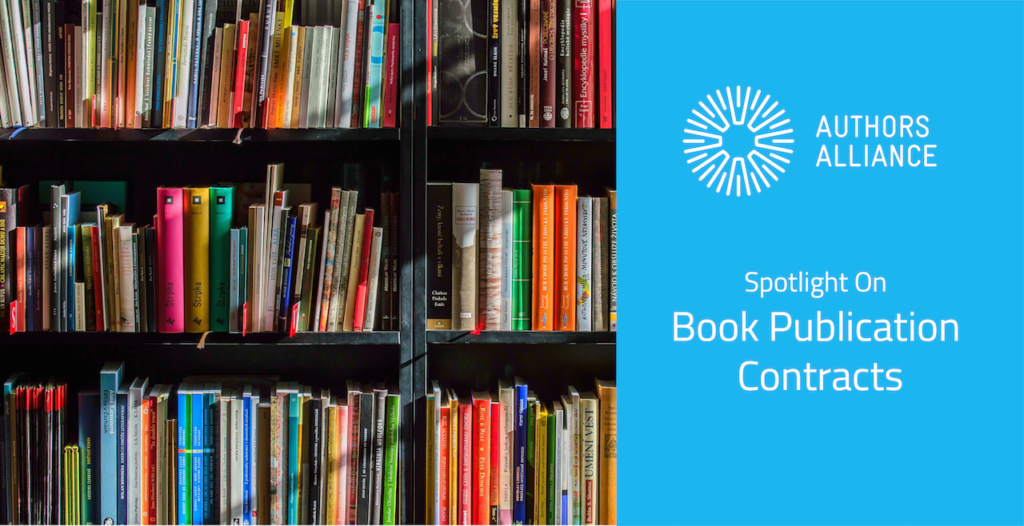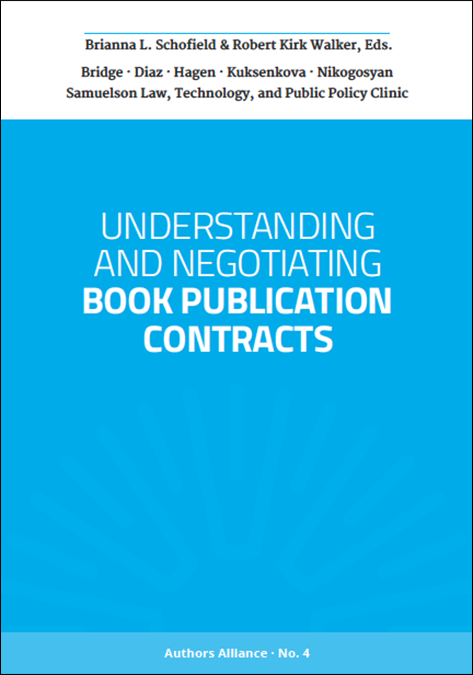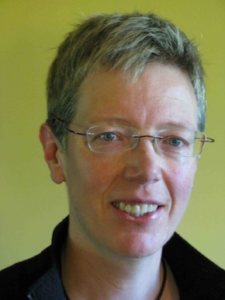The following post, by Authors Alliance founding member Rebecca Giblin, originally appeared in The Conversation under a CC-BY-ND license. Read more of Giblin’s work on the effects of copyright duration on creators in her recent paper, “A New Copyright Bargain? Reclaiming Lost Culture and Getting Authors Paid.”
Rebecca Giblin, Monash University
Last Tuesday Bryan Adams entered the copyright debate.
That’s Bryan Adams the singer and songwriter, the composer of “(Everything I Do) I Do It for You”, and “Summer of ’69”.
Authors, artists and composers often have little bargaining power, and are often pressured to sign away their rights to their publisher for life.
Adams appeared before a Canadian House of Commons committee to argue they should be entitled to reclaim ownership of their creations 25 years after they sign them away.
No control until after you are dead
In Canada they get them back 25 years after they are dead, when the rights automatically revert to their estate. In Australia our law used to do the same, but we removed the provision in 1968. In our law, authors are never given back what they give away.
Some publishers voluntarily put such clauses in their contracts, but that is something they choose to do, rather than something the law mandates.
Australia’s copyright term is long. For written works it lasts for 70 years after the death of the author. It was extended from 50 years after death as part of the Australia-United States Free Trade Agreement.
What copyright is for
Copyright is a government-granted limited monopoly to control certain uses of an author’s work.
It is meant to achieve three main things: incentivise the creation of works, reward authors, and benefit society through access to knowledge and culture.
Incentive and reward are not the same thing.
The incentive needn’t be big
The copyright term needed to provide an incentive to create something is pretty short.
The Productivity Commission has estimated the average commercial life of a piece of music, for example is two to five years. Most pieces of visual art yield commercial income for just two years, with distribution highly skewed toward the small number with a longer life. The average commercial life of a film is three to six years. For books, it is typically 1.4 to five years; 90% of books are out of print after two years.
It is well accepted by economists that a term of about 25 years is the maximum needed to incentivise the creation of works.
But the rewards, for creators, should be
The second purpose is to provide a reward to authors, beyond the bare minimum incentive needed to create something. Quite reasonably, we want to give them a bit extra as thanks for their work.
But, in practice authors, artists and composers are often obliged to transfer all or most of their rights to corporate investors such as record labels or book publishers in order to receive anything at all.
In the film and television industries it is not unusual for creators to have to sign over their whole copyright, forever – and not just here on Earth but throughout the universe at large.
Read more: Life plus 70: who really benefits from copyright’s long life?
It means investors don’t just take what is needed to incentivise their work but most of the rewards meant for the author as well.
This isn’t new. Creators have been complaining since at least 1737 that too often they have no choice but to transfer their rights before anyone knows what they are worth.
Other countries do it better
In recognition of these realities, many countries, including the US, have enacted author-protective laws that, for example, let creators reclaim their rights back after a certain amount of time, or after publishers stop exploiting them, or after royalties stop flowing. Other laws guarantee creators “fair” or “reasonable” payment.
Australia stands out for having no author protections at all.
Read more: Australian copyright laws have questionable benefits
Canada’s law already protects authors by giving rights back to their heirs 25 years after they die. Bryan Adams’s proposal is to change one word in that law. Instead of copyright reverting to the creator 25 years after “death”, he wants it to revert 25 years after “transfer”.
Copyright is meant to be about ensuring access
Handing rights back to creators after 25 years would not only help them secure more of copyright’s rewards, it would also help achieve copyright’s other major aim: to promote widespread access to knowledge and culture.
Right now our law isn’t doing a very good job of that, particularly for older material.
Copyright lasts for so long, and distributors lose financial interest in works so fast, that they are often neither properly distributed nor available for anyone else to distribute.
Read more: Australian copyright reform stuck in an infinite loop
In the book industry my research into almost 100,000 titles has found that publishers license older e-books to libraries on the same terms and for the same prices as newer ones. That includes “exploding” licences which force books to be deleted from collections even if nobody ever borrows them.
Publishers are interested in maximising their share of library collections budgets, not ensuring that a particular author continues to get paid or a particular title continues to get read.
As a result libraries often forgo buying older (but still culturally valuable) books even though they would have bought them if the publisher cared enough to make them available at a reasonable price.
Restricting access to books is not in the interests of authors or readers.
…and directing rewards where they are needed
If rights reverted after 25 years, as I have proposed and as Adams now proposes, authors would be able to do things like license their books directly to libraries in exchange for fair remuneration – say $1 per loan.
If authors weren’t interested in reclaiming their rights, they could automatically default to a “cultural steward” that would use the proceeds to directly support new creators via prizes, fellowships and grants – much like Victor Hugo envisaged with his idea of a “paid public domain” back in 1878.
We could do it all without changing the total copyright term imposed on us by the Australia-US Free Trade Agreement and other treaties. We could get creators paid more fairly while keeping Australian culture alive.
Reversion is the key.
Rebecca Giblin, ARC Future Fellow; Associate Professor, Monash University
This article is republished from The Conversation under a Creative Commons license. Read the original article.










